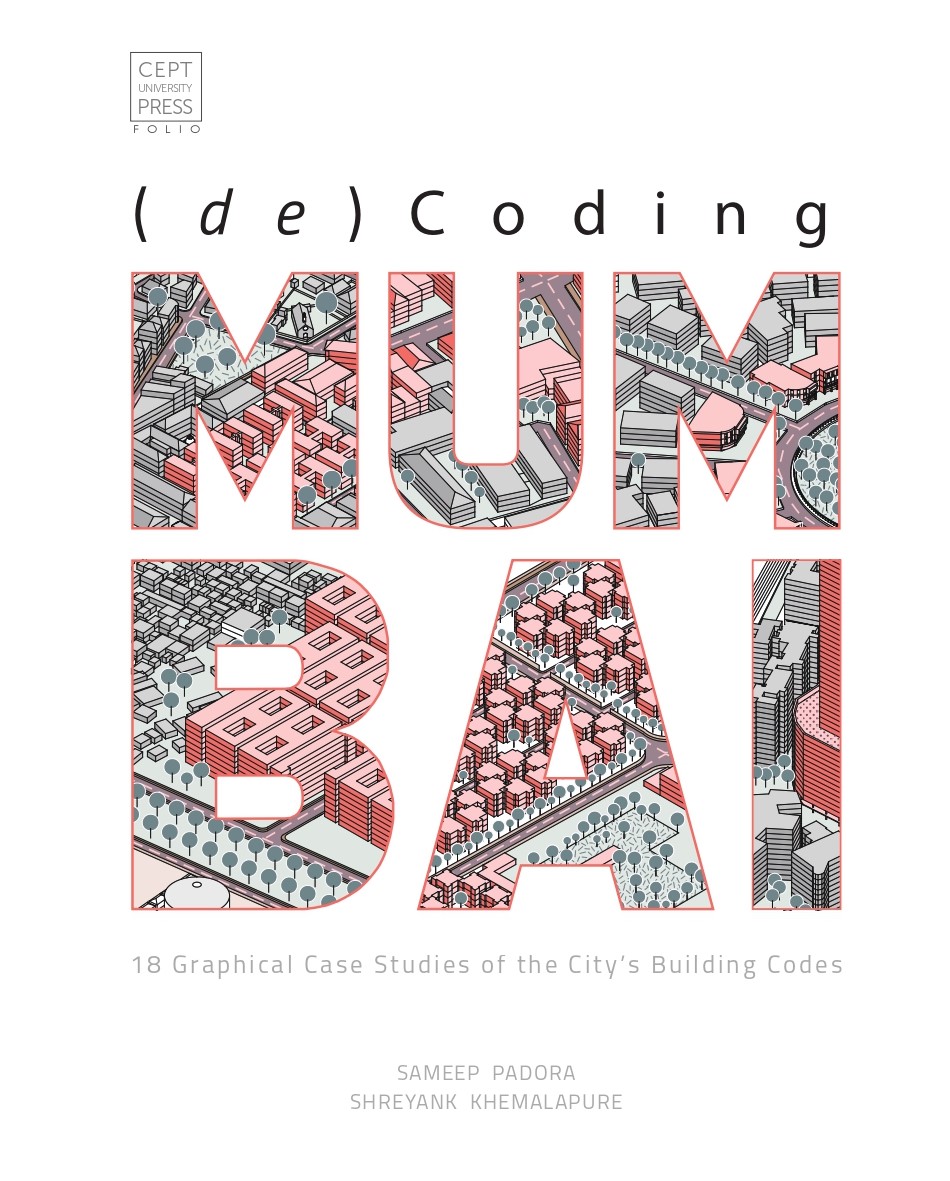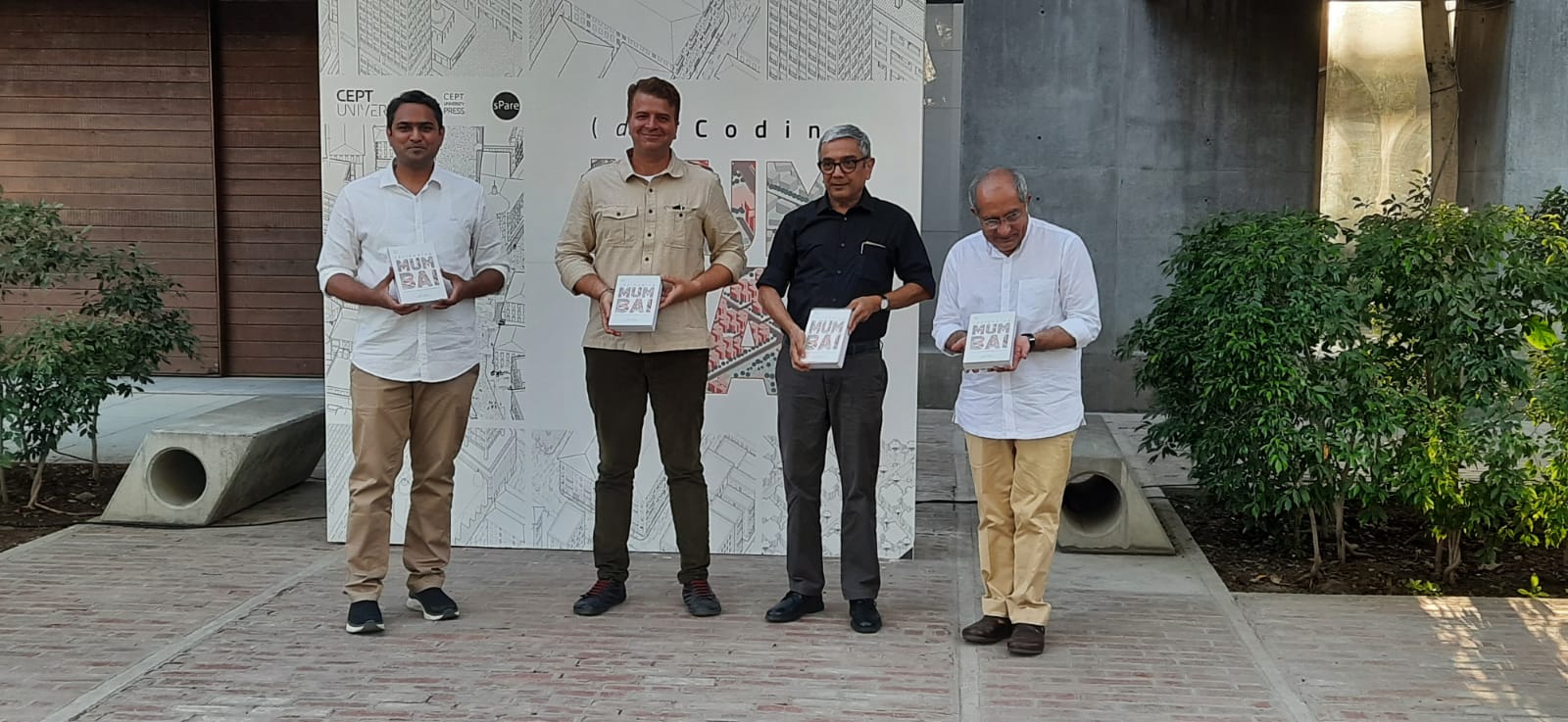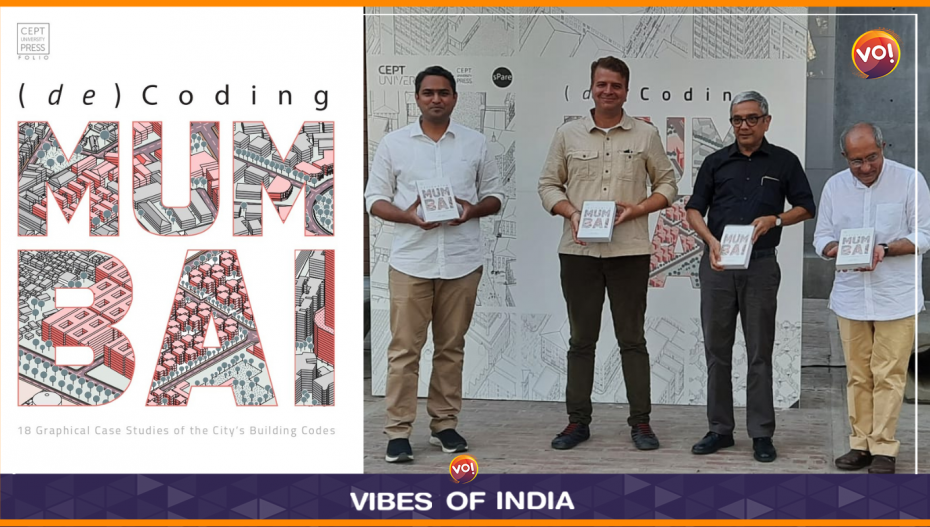Everytime the city adds a new building code, it increases the costs of construction and makes housing less affordable for the poor, says Bimal Patel, President of CEPT University. Speaking at the release of the book “Decoding Mumbai: 18 Graphical Case Studies of the City’s Building Codes,” on Friday, Dr Patel said that slums are the result of demanding bylaws that require you to construct green buildings with water harvesting. “These rules set such high standards that a large section of Ahmedabadis cannot afford legal housing. Cake laws for high end housing are fine but it’s time we considered chapati laws for lower cost housing.”

Recalling his own early experiences as an architect in Ahmedabad, Dr Patel said that most of the architectural choices he made were determined by building codes. “The city had highly restrictive building laws that shaped buildings in perverse ways. Architects were constantly looking for loopholes which might allow for higher Floor Space Index (FSI). It was only in 1999 that Ahmedabad introduced reforms that liberalised the bylaws.”

Dr Patel said that Ahmedabad’s architecture has improved considerably since then. “Today, there is much more innovation and it is a pleasure to see the new buildings coming up on the SG Highway.”
Dr Patel thanked the authors of the book, Sameep Padora and Shreyank Khemalapure (neither of them are CEPT graduates) for launching their book and organising an exhibition around it at the CEPT campus. “CEPT has paid zero attention to this topic of building bylaws so far, though it is a very important subject. We have to gain control of the bylaws”.

Sameep Padora, who is a co-founder of the Bandra Collective, a group of six architects in Mumbai, said that architecture in Mumbai was sensitive till the early 70s, after which the laws became opaque, with layers of codes. “These codes served to create adverse living conditions in Mumbai. You had 40-storey buildings that were so close together, you could see right into the flats in the next building.”
Shreyank Khemalapure, who is doing his doctorate at the European Graduate School, said the book is in a graphical format so the readers can see the cause and effect of policy on building structures. The book is published by CEPT University Press.












